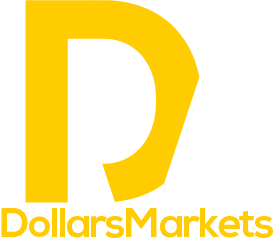By Karen Brettell
NEW YORK (Reuters) – The dollar slipped against a basket of currencies on Friday after two volatile days as investors focused on how aggressive the Federal Reserve might be in hiking rates as it tackles rising inflation.
The dollar index hit a 20-year high overnight on safe-haven demand, following Thursday’s sharp stock sell-off driven by concerns about the Fed’s aggressive tightening and as European currencies weakened on worries about growth in the region.
It retraced some of these gains, however, as investors evaluated how much of the Fed’s hawkishness was already priced into the greenback, and as some analysts suggested that inflation may be nearing a peak.
Data on Friday showed U.S. jobs increased more than expected in April. Average hourly earnings rose 0.3% after advancing 0.5% in March. That lowered the year-on-year increase in wages to 5.5% from 5.6% in March.
“The good news is that wages were not going up as fast as they were and that should begin to calm down that speculation. The market will have to recognize that maybe inflation is peaking,” said Peter Cardillo, chief market economist at Spartan Capital Securities in New York.
The dollar index reached 104.07, the highest since December 2002, before falling back to 103.64, down 0.09% on the day.
“Perhaps today is a day for settling down and seeing less action after two very turbulent days that ultimately leave us at where we started for the week dollar-wise,” said Juan Perez, director of trading at Money USA in Washington. “Wages are still nothing stellar while inflation is the main focus for all outlooks.”
The Fed will have to raise interest rates more aggressively and risk a recession if supply chain issues don’t begin to ebb, Minneapolis Fed President Neel Kashkari said on Friday, as he reiterated that policymakers are keenly watching how far rates will have to rise above the neutral level.
The next major U.S. economic focus will be consumer price inflation data on Wednesday. This is expected to show that price pressures rose at an annual pace of 8.1% in April, just below March’s reading of 8.5%, according to the median estimate of economists polled by Reuters.
The euro also got a boost on Friday by relatively hawkish comments from European Central Bank (ECB) officials.
The ECB should raise its deposit rate back into positive territory this year, French central bank chief Francois Villeroy de Galhau said, comments that point to his support for at least three rate hikes in 2022.
ECB policymaker Joachim Nagel also said that the central bank’s time window for raising interest rates in response to record-high inflation is slowly closing, in an indication he backed a move sooner rather than later.
The euro was last at $1.0547, up 0.08% on the day, after earlier falling to $1.04830. It is holding just above a five-year low of $1.0470 reached on April 28.
The single currency has weakened as the region struggles with weaker growth and energy disruptions due to sanctions imposed on Russia after its invasion of Ukraine.
German industrial production fell more than expected in March as pandemic restrictions and war in Ukraine disrupted supply chains, making it difficult to fill orders, official data showed on Friday.
Sterling fell to its lowest level since June 2020, a day after the Bank of England raised interest rates to their highest since 2009 but warned the economy was at risk of recession.
The British currency was last down 0.20% at $1.2331, after dropping to $1.2276.
In the crypto currency market Bitcoin dipped 1.7% to $35,892.


